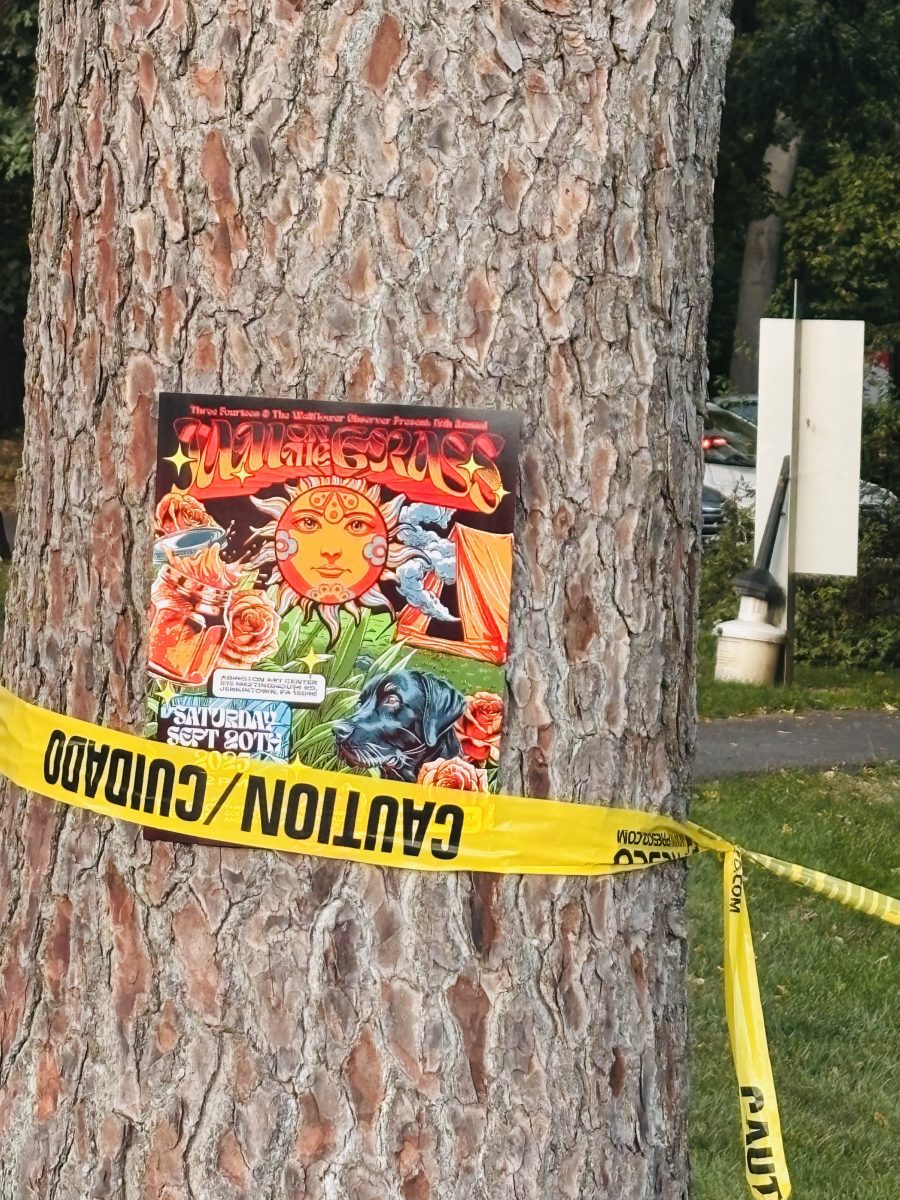by Erinn Fortson
Usually, when the front man or woman of a band chooses to venture into solo territory, it’s not a decision that’s made lightly. There’s some vulnerability that comes with walking out on that limb alone, which makes even the thought of it overwhelming. But beyond the fear and uncertainty, there’s an innovative appeal about going stag. It’s not just about the independence. A change in the lineup also brings newness to the table, allowing music, and the musician that creates it, to travel in different directions.
For Ezra Furman, parting ways with The Harpoons became more of a reality after the group’s third album, Mysterious Power. The Harpoons had just released the record and were embarking on a tour to support it. Up until then, being in this band had taught Furman everything he knew about music. And when the time was right, The Harpoons are what gave him the confidence he needed to do his own thing. Well, The Harpoons and Harry Nilsson.
“I started living in this place in Chicago with Tim Sandusky, who ended up recording my solo albums and plays sax in the band right now. And I was living there, in this house, and in the top part of the house there was a recording studio,” explains Furman. “It was just up there and I was like man, I wish The Harpoons were around so we could record here. And the longer I lived [in the house], I [thought], I could just go up there and record alone if I wanted to. I was kind of afraid to do it.
[…] I started listening to this [Harry Nilsson album] called Nilsson Sings Newman, where he covers all these Randy Newman songs. It’s a very solo album; Nilsson harmonizes with himself. So, it was on that tour for Mysterious Power that I was listening to Nilsson Sings Newman and I was like, damn it, I could just do this. I could make a really good record by myself and get the musicians that I need. If I can’t play an instrument myself, I know people in Chicago. Why wait?”
So, after he talked himself into it and mustered up the courage, Furman parted ways with The Harpoons to begin working on his first solo album. He found support in Tim Sandusky and the rest of the musicians that would later make up Furman’s new band, the Boy-Friends.
The excitement of a new project didn’t’ completely block out the feelings of anxiety, though. Now came the hard part, as Furman was only just starting to navigate his way through the unknown. But like the record says, it was the year of no returning and he was prepared not to look back.
“Don’t lean on things you used to lean on and if you’re scared, do it anyway. That was my approach that year,” says Furman. “That’s when you need confidence, when you’re feeling afraid. That’s what bravery is, right? You have to be scared to be brave.”
Furman independently released his first record without The Harpoons in 2012, but the album was rereleased last summer on Bar None Records. Without putting too much pressure on himself, Furman is now determined to drop a new album every year. And so far, that’s exactly what he’s done. Day of the Dog, his most recent effort, came out this past fall. The differences between Furman’s first and second solo albums are night and day. A lot can be said about where he was mentally when creating the two because that’s where the contrast lies.
The Year of No Returning saw Furman fresh from an unconventional breakup, which left him feeling exposed. You can hear the embraced sadness, mixed in with the whirlwind of other emotions explored throughout the record. Furman kind of had his own Justin Vernon moment, except he wasn’t recording in a cabin.
“Making The Year of No Returning, I was kind of a hermit,” says Furman. “I was just living alone and The Harpoons were elsewhere when I was writing those songs; we were living in different cities. I was a very insular person and antisocial. There was a lot of negativity to get out of my system, I suppose; a lot of sadness to exorcise. And I’m glad I made [the record]. I like sad music and I like negativity. I feel that’s helpful to people. It’s been helpful to me as a fan of music, to hear people on records feeling weird and bad, and kind of mentally ill.”
Skip to Day of the Dog and we see a change in pace. The lyrics are still heavy but the approach is coming from another angle. Tempos are faster and the overall sad undertone is gone. There’s feistiness to Day of the Dog that wasn’t on The Year of No Returning. The energy is incredible and it’s there because Furman was ready to seize an untamed version of himself and his music. On the title track, he sings, “I came up in the world with a pain in my back, and I never could run with the wolves in the pack. But I been using my teeth, and I’ve sharpened my claws. And I’m lying in wait for the day of the dog.” The mourning period is definitely over.
“The Year of No Returning was the depression record and [Day of the Dog] was mania,” says Furman. It’s kind of easier to write something slow and erudite that really has a lyrical focus. That’s a mistake a lot of times. I feel like, at least for me, the best thing I can offer is the wildness. That’s my favorite thing in rock and roll.”







